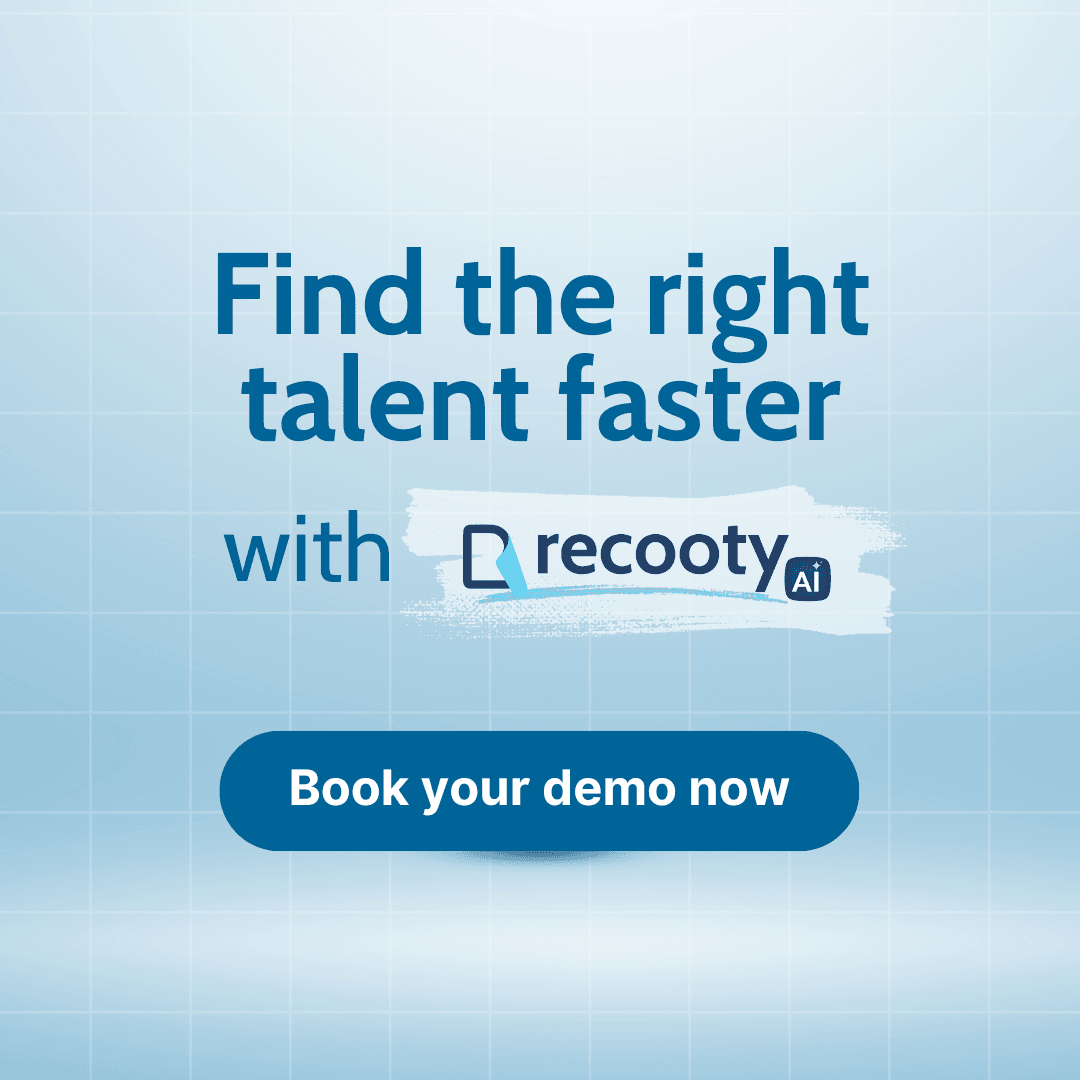
Recruiters might know how important it is to fill the position at the right time. Words like time-sensitive, hiring cycles, and number of applicants are well-known and crucial to all hiring managers.
Reducing the time-to-hire and bringing the right candidate on board is one of the most important factors as it is not just linked to the department-specific operations but can impact the overall performance of the company.
Additionally, this also impacts the budget forecasting and the actual costs incurred to bring the right person to the right place at the right time without compromising on the long-term and short-term profitability plans of the company and personnel goals.
This blog dives deep into practices which can help you reduce the hiring time without compromising on the quality of candidates shortlisted or onboarded.
Effective Ways to Reduce Time-to-Hire
Here are some of the ways which can help you reduce the hiring time to a greater degree.
Establish Clear Job Descriptions
Establishing clear job descriptions with qualification and skill requirements narrows down the attention of job seekers and attracts only those who match those pointers. This reduces the decision-making time for hiring managers to shortlist the right candidates and helps in choosing the best from the lot.
Crafting compelling job descriptions can be a tedious task for HRs especially when there are job openings for multiple positions. For this, Recooty’s AI-powered JD generator can help you create job descriptions in seconds for any job position.
Structure the Interview Process
Every role has its own requirements and parameters based on which candidates are interviewed and selected. But there are certain standard characteristics which every company looks for in potential candidates like culture fit, personality traits etc.
So, dividing the interview process into two phases or rounds namely HR and technical helps standardize the evaluation process for every job opening.
This approach reduces back-and-forth in decision-making and helps in standardization but leaves room for flexibility for future accommodations in the process.
Choose the best ATS
Harnessing the power of an Applicant Tracking System (ATS) can be a game-changer in reducing your time-to-hire. By automating routine but time-consuming aspects of recruitment, such as resume screening, applicant communications, and interview scheduling, an ATS accelerates the overall process.
To make sure you leverage the power of AI to make the best possible hiring decisions, Recooty AI ATS is here to provide your hiring team with the most intuitive ATS consisting of the latest AI features like candidate matching, interview scorecard, candidate summary, AI HR tools( integrated email and interview scheduler) and a lot more.
Consider Candidates from the Talent Pool
Having a look at the potential candidates’ database and getting in touch with them can help speed up the hiring process as it reduces the steps and time for attracting and shortlisting candidates.
This group consists of individuals who have previously applied, been interviewed, or expressed interest in your company. Since they’ve already undergone some level of assessment, you can bypass the time-consuming steps of attracting them through job postings and initial screening.
Set Clear Timelines
Establishing clear and precise timelines for each stage of the hiring process is crucial to keeping things on track. By setting concrete deadlines for tasks such as posting job ads, conducting interviews, and making final decisions, you create a structured flow that prevents unnecessary delays.
This approach encourages accountability among team members and helps maintain the momentum needed to secure top candidates swiftly. A well-defined schedule not only ensures the process moves efficiently but also signals professionalism and respect for the candidate’s time, enhancing the overall experience for both sides.
Engage Candidates Proactively
Engaging candidates proactively throughout the hiring process is essential for keeping their interest and ensuring they remain invested in the opportunity. Regular, thoughtful communication whether it’s updates on their application status or providing insights into the company culture creates a positive candidate experience and builds trust.
By reaching out promptly after each interview or milestone, you reduce uncertainty and demonstrate that the candidate’s time and efforts are valued. This approach helps prevent candidates from drifting toward other opportunities, keeping them engaged and excited about joining the organization.
Leverage Employee Referrals
Tapping into employee referrals is a highly effective way to speed up the hiring process while maintaining quality. Employees often have a strong understanding of both the company culture and the skills required for specific roles, allowing them to recommend candidates who are a good fit.
This informal vetting can reduce the time spent on sourcing and screening, as referred candidates tend to come with a level of trust and credibility. Furthermore, these candidates are often more invested in the opportunity, knowing that a current employee has vouched for them, which can lead to quicker interview and hiring decisions.
Improve Internal Communication
Effective internal communication serves as the backbone of an efficient hiring process and can dramatically shorten the time to hire. When recruiters, hiring managers, and other stakeholders are aligned from the outset, unnecessary delays or misunderstandings are minimized. Establishing a clear line of communication from the start ensures that everyone is on the same page regarding job requirements, candidate evaluations, and interview schedules.
Delayed responses or unclear expectations often slow down hiring, so fostering a collaborative environment where each stakeholder knows their role and the timeline is vital for keeping things on track. By reducing ambiguity and enhancing real-time dialogue, internal communication becomes a key driver in improving recruitment velocity.
Pre-define Decision Making Criteria
Establishing clear decision-making criteria before starting the hiring process significantly speeds things up. By agreeing on key skills, experiences, and traits in advance, you cut down on ambiguity and subjectivity, leading to faster, more consistent evaluations. This approach ensures that everyone assesses candidates through the same lens, allowing for quicker consensus after interviews.
Concluding with…
Reducing the time-to-hire during the recruiting process plays a major role in deciding the success of the hiring cycle and the personnel goals of the company. These tips might help you to a great extent to ensure you bring the right people on board who contribute the most to the company’s growth while having a great working experience.
Frequently asked questions
Yes, it is important to ensure that the time-to-hire is optimized to save costs, maximize profitability and enhance the candidate experience during the recruiting process.
Choosing the best ATS, considering candidates from the talent pool, setting clear timelines, engaging candidates, leverage employee referrals are some of the ways to reduce time-to-hire.
Dividing the interview process into two phases or rounds namely HR and technical helps standardize the evaluation process for every job opening. This approach reduces back-and-forth in decision-making and helps in standardization but leaves room for flexibility for future accommodations in the process.






